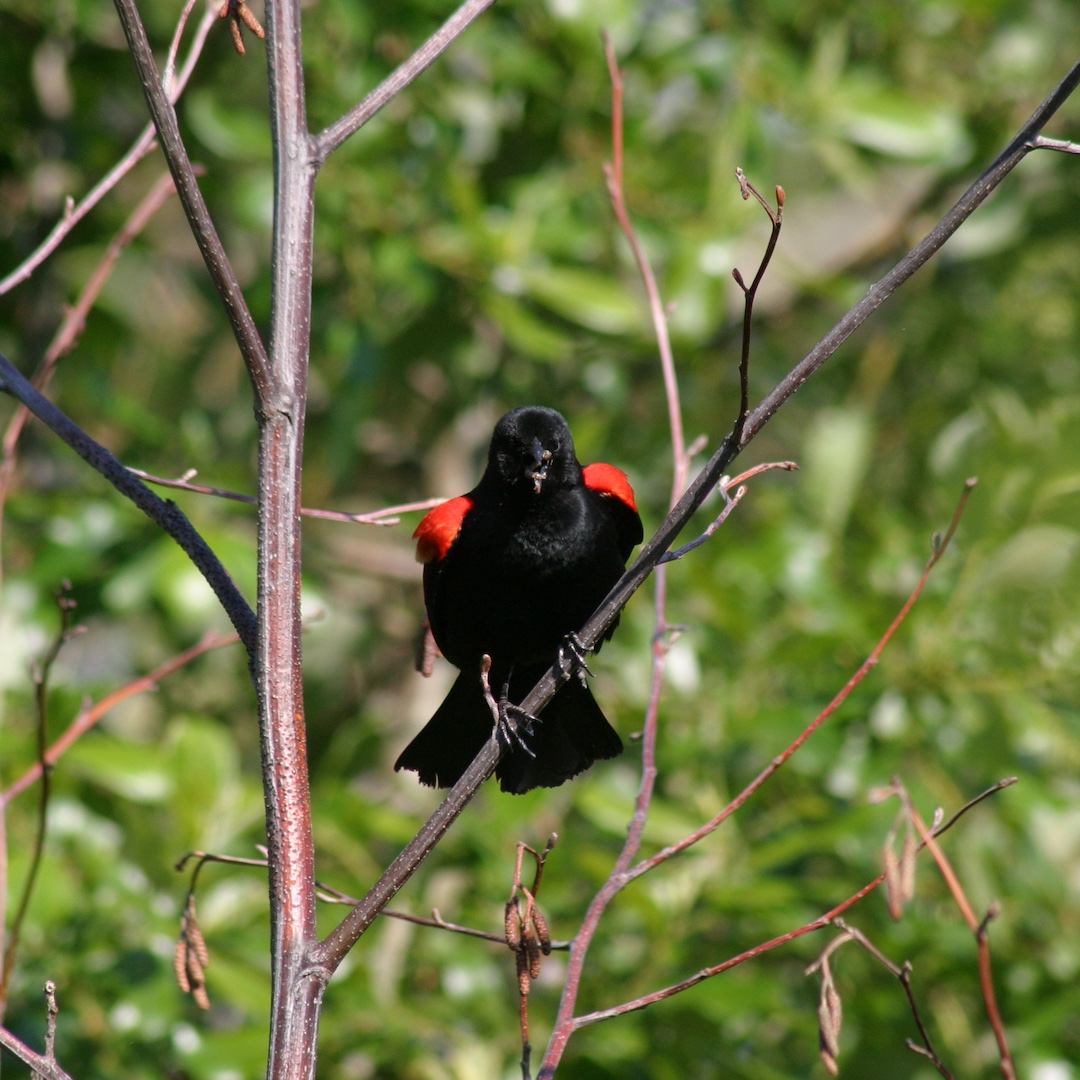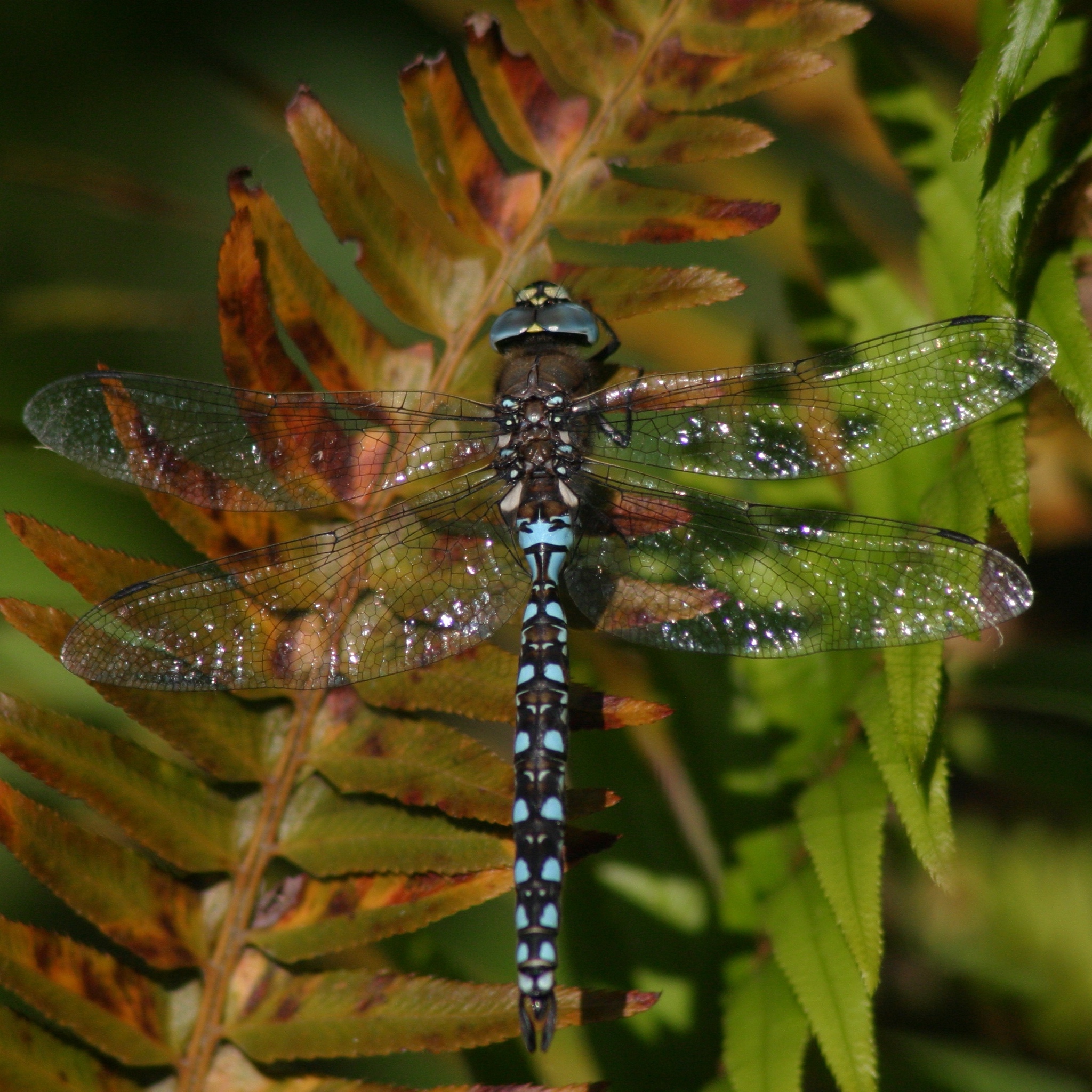Style Guide for Content Contributors
June 7, 2023
Salish Magazine aims to inform people who live in, or visit, the Salish Sea region and who may be curious about what they can see around them. The mission of Salish Magazine is to inspire readers’ sense of wonder and amazement, and to channel those into an understanding of the bigger picture in which all of the elements of their surroundings play a role.
Geographic Scope
The Salish Sea region, including the Strait of Georgia, the Strait of Juan de Fuca, and Puget Sound, and the beaches & lowland forests surrounding these water bodies.

Article Topics
Each magazine issue will have a theme, and the articles should address topics within that theme. The main subject of each article could be concrete or abstract, but the discussion of it should include things that people can see firsthand. We would like the article to add new dimensions to readers’ understanding of the things they see when they are out exploring. For example, the topic of an article could be very common things such as Douglas-fir trees, salal, or glacial erratics. Or it could be as abstract as the tides, but in that case it should include something visible, such as their impact on the intertidal zone.
The intent of the article is to show not just the subject, but to illuminate a bigger ecosystem picture.
Style
- Articles will be well researched and factual, but may also include cultural interpretation (history, poetry, art) as long as it is clear which is which.
- In the spectrum between conceptual/behavioral descriptions on one hand and detailed physiology/identification of species on the other, I’d rather the articles fall nearer the conceptual/behavioral side. Of course details will sometimes be necessary to support the conceptual story and to allow people to connect the story with things that they can actually see.
- This is not an academic journal, and the style of the articles should be easy & fun to read, with words generously supported by imagery and interactive features to help people make the visual connection in the real world with what’s being described. We do have some ghostwriters available if the primary authors are not practiced at writing for the public.
- An article may employ any one of a number of points of view. It can be written from the point of view of the main subject, and/or the point of view of some associated creature (or abiotic) in the same ecosystem, e.g., talking about squirrels from the POV of a tree (or visa versa).
- Appeal to all senses: vision, smell, touch, hearing, taste as applicable.
- Lots of media: we have lots of media sources when it comes to searching for relevant media.
- Length: the most important thing is that the your submission tells a non-trivial story, but doesn’t go on and on like someone who’s getting paid by the word. An average article might have 1200 words, but more or less is ok. Poems are typically shorter. Three to six minutes is a typical length for music or video, but they could vary from that, if justified.
- References: If you have a significant number of general references you want to offer readers, we can put a “Find Out More” section at the end of the article. For specific references in the text, hyperlinks can be used.
 We have been using this graphic to highlight important links in the text. Click on this to see an example of an article with links as well as a “Find Out More” section.
We have been using this graphic to highlight important links in the text. Click on this to see an example of an article with links as well as a “Find Out More” section.
FIND OUT MORE
Simple references to additional information can appear at the end of a document and will be prefaced by the header shown above.
They can be hyperlinks or just citations. Preferably, citations will be easily readable by the general public, not cryptic academic format.
Imagery & Audio
If you want to supply specific illustrations, photos, audio, video, or artwork, that’s wonderful. Or if you want to describe what kind of imagery you think would be appropriate, do that, and we’ll try to match what you describe.
We have quite a collection of photos & video, as well as connections with lots of other media makers. So we can usually supply any necessary imagery.
Please provide photographs/illustrations in high-resolution .jpg (at least 2048 pixels across). It would be best if the images contain some extra space around the subject so that we have some choices for cropping it to fit with the text layout.
We can handle most audio and video formats, but please feel free to contact us if you have questions.
We can send you a link to an online drive for uploading files if you have some that are too big to email.
Other Engagement
One possibility is to challenge readers to take on a task next time they go into that environment, e.g. how many ecosystem relationships do you see (or know of) that involve the subject of this article? Or notice where in the woods they can stand to see the most old stumps at once.
Another possibility is to incorporate a storyline into the article: e.g., a plot with an exposition, conflict or mystery, and resolution.
Bilingual
In addition to our usual articles aimed at adult readers, I am considering offering a kid’s version of the text, either audio, or readable, on each page. I’m not sure yet if that idea is practical or not. But to do that, I’ll need to find some people who specialize in writing for kids.
Basic Plot Sketch

from: https://www.softschools.com/examples/literary_terms/elements_of_a_story_examples/423/
More about our objectives
We are attempting to fill a gap in the general media available. In particular, we seek content that will:
- focus on nature and not on people or people-issues. We’ll leave the environmental policy, advocacy, agency projects, human benefits, and “how to” topics to other publishers.
- inform how things (including us) interconnect to form an ecosystem — especially focusing on relationships people can see (barnacles attached to a rock) or at least can see indirect evidence of (berries in bear poop).
- portray the anatomy, life cycles, and behaviors of the biological elements. An exhaustive description of a species’ anatomy or life cycle is not necessary for its own sake, but there should be enough pieces to support the story.
- discuss the origin of and changes seen in nonliving things, e.g., how glacial erratics got here, or what makes the tides work. Again, it needn’t be exhaustive, but enough to support the story.
- discuss, when relevant, the impact of humans on the ecosystem being described, perhaps with recommendations about minimizing adverse impacts. But the main focus should be on the ecosystems, not on the humans or their well-being.
What Salish Magazine is Not
Salish Magazine is not a tour guide that would focus on telling people where to visit, where to stay, where to shop, and how to get there. It is also not a guide for how to care for the environment.
That said, if relevant to a story, there may be some maps that show where landmarks, features, or creatures similar to the ones discussed in the articles can be found, or there may be some brief mention of best practices or references to same. Of course, there may be links to relevant resources.
PAYMENT
At this time, we don’t provide payment for submissions.
CONTACT
Please email submissions@salishmagazine.org to submit a proposal or if you have questions. Thank you!



